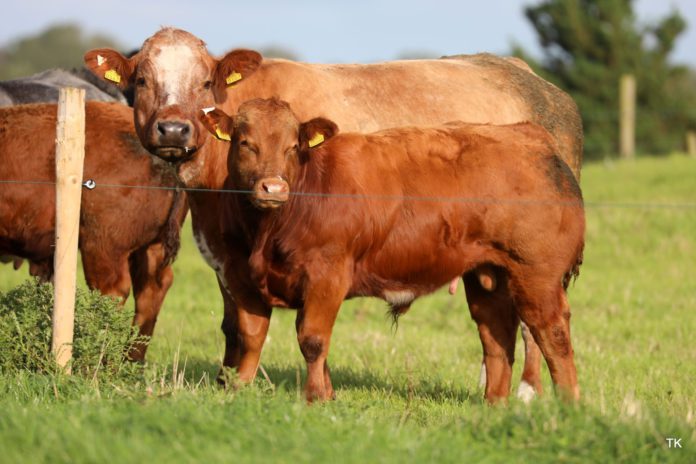The deadline for farmers to apply for REAP, or the Results-Based Environment-Agri Pilot Project (REAP), is fast approaching.
Catherine Keena, Teagasc countryside management specialist, has urged farmers who are interested in the new pilot environment scheme to make an expression of interest before May 10th deadline.
She pointed out that farmers must do this through a DAFM-approved REAP advisor and advised interested farmers to contact their local Teagasc office.
REAP aims to test the results-based approach to agri environment schemes and prepare farmers, advisors, and DAFM for the next Rural Development Programme.
There is no guarantee of entry, and the duration will be two years: 2021 and 2022.
Eligibility – Results-Based Environment-Agri Pilot
Farmers in GLAS, EIPs or Organics cannot participate in REAP. Eligible fields must have been on the farmers BPS in 2020 and must be in grass. Tillage fields or peatland with heather are not eligible for REAP.
Catherine Keena, Teagasc Countryside Management Specialist, said: “If accepted into REAP, farmers will choose grass fields on the farm. They select a minimum of 2 hectares and a maximum of 10 hectares.”
“The associated advisor will walk these grass fields in June or July and score each field with the farmer using one of two scorecards. One for Low Input Grassland (LIG), or one for Multi-Species Ley (MSL). The score determines the level of payment. The advisor will also discuss with the farmer the option of planting trees or hedges.”
The field score is based on the:
- Number and abundance of grass and non-grass species;
- Extent of field boundaries including hedges, stone walls, earth banks and watercourses;
- Width of grassy margins – either 1, 2 or 3 metres; and an additional 5-metre option for multi-species leys.
Payment rates
Payment comprises of three elements:
- A participation payment of €1,200 per year for the farmers’ time and advisor costs;
- An optional once-off payment for planting trees and hedges of €1,200 in one of the two years, with €9.20 per tree up to 130 trees or €15.80 / metre of hedge up to 76 metres; and a field score payment.
This can be either Low Input Grassland with payments ranging from €250 – €400 per hectare based on a score of 4-10, with a top-up of €50/ha for late mown meadows cut after July 1st, giving a maximum payment of €4,500 if 10 ha LIG plus late mown meadow at a score of 10/10.
Alternatively, the field can be scored for Multi-Species Ley with payments ranging from €125 – €275 per hectare based on a score of 4-10, giving a maximum payment of €2,750 if 10 hectares MSL at a score of 10/10.
Overall, the maximum payment is €6,900 in the year trees and hedges are planted, and €5,700 in the other year for a score of 10/10.
While it must be stressed that average payments will be significantly less than the maximum possible payments, it is well worth considering.





